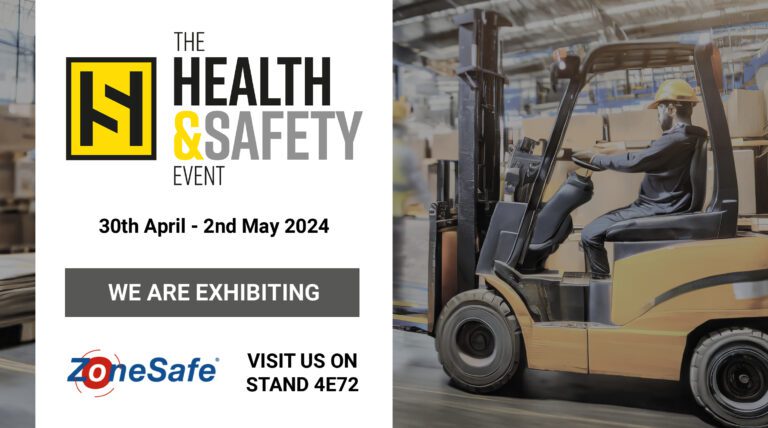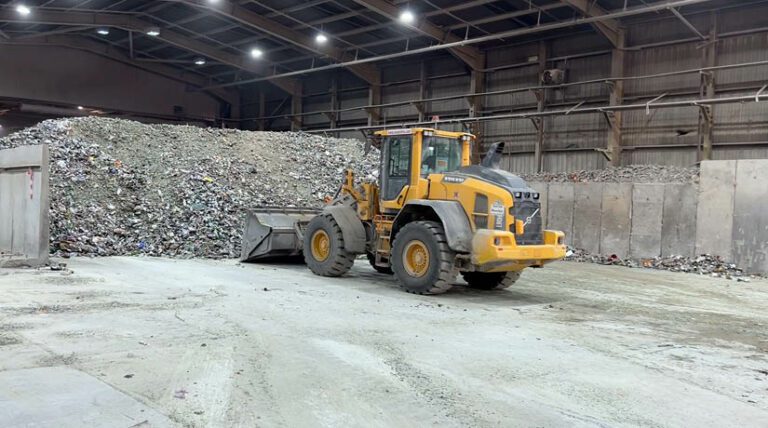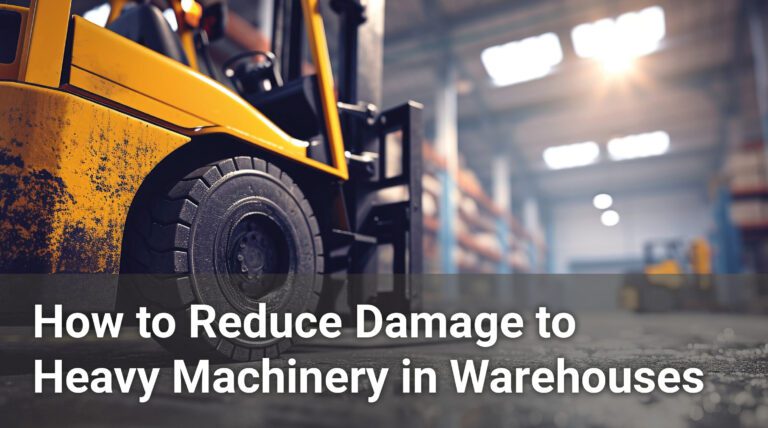
How workplace technology has impacted health and safety (and how to make it work for you)
Technology is evolving.
Employers around the world have always had a duty of care to protect their employees. With work vehicles, machinery and assets in the industrial world becoming more and more technical – everything is faster, produced quicker, in larger quantities and in a more precise fashion. Daily working life becomes busier, and inevitably, safety is compromised.
ZoneSafe uses innovative technology to help protect pedestrian employees from incidents at work involving moving vehicles. We see the importance of emerging technologies. But do you?
Constant innovation
Day-to day technology has been on the rise for a few decades.
As the Science Museum reveals: ‘the smartphone has changed the way we live.’
They continue:
‘The smartphone has changed the way we live, and it’s hard to imagine a time when we had different devices for all the functions our phones can now fulfil.’
We are all depending on technology in our personal lives, and it wasn’t long before the work place was also introducing technological solutions for efficiency.
But how has technology improved work efficiency?
There are so many ways that technology helps to improve the workplace. These are a few examples:
Technology changes the way that businesses communicate.
Smartphones, apps and social networking sites have made communication much, much easier.
Technology organises for you.
Project management software helps with delegating and assigning tasks. Employers and managers can now supervise workplace activities through technology.
Technology makes businesses more productive.
Productivity software provides tools for managers to track progress, and to keep performance and deadlines on track.
Technology keeps businesses secure.
Businesses demand great levels of security. Technology provides hardware and software solutions to help to implement safe systems in the workplace.
Technology increases collaboration.
Helping to connect with anyone, at any time has helped to allow employees, co-workers and managers to communicate and collaborate in the workplace.
Technology improves efficiency of employees.
Time management is very important. Poor time management can cause poor deadlines, lost clients and bad business. Technological advancements has enabled employees to optimize daily routines, employees to focus on important tasks – causing good business practice.
Improving safety through technology
With technology constantly advancing, it has enabled a shift in staff safety in the workplace. In 2018, industrial businesses used technology to help with health and safety at work.
These technology advancements became most popular in the workplace recently:
Check-in Technology
Check-in technology became very popular last year. Monitoring staff movements take up a lot of time, when productivity can be concentrated on day-to-day business. The StaySafe wristband, for example, can keep track of who is on site for fire drills. It’s essential for lone worker safety too, as the HSE discusses here. Check-in technology is sure to become a workplace necessity in the future.
Projected safety signs
Safety signs are a great attempt to keep costs down. Repairing existing caution lines and other safety essentials can be very costly. Purchasing projectors became very popular last year, to prevent business downtime and with minimal maintenance costs.
AI Safe
Known as ‘Automated Intelligent System for Assuring Safe Working Environments’, these systems make the move to improve workplace safety through artificial intelligence. This aims to reduce risk and human error, while encouraging productivity. The systems combine real-time video analysis with advanced algorithms and machine learning to ensure that employees are correctly kitted out with the safety gear that they require. Cisco utilise this VERY well. Read more here.
Autonomous vehicles
An ‘autonomous vehicle’ is one that can guide itself without human conduction. These driver-less vehicles are able to detect their own lanes and make changes to their route path. This is essential if there are assets blocking their way, and even sudden changes to that route, such as something falling into their path.
With further technological advancement expected around the world, it seems we’ve only seen the tip of the iceberg in terms of technology’s capabilities within the workplace
Forklift sensor technology
Technology to sense forklift movement is imperative in the workplace, as most forklift injuries occur when pedestrians cross paths with this heavy machinery. Blind spots are a huge concern for forklift drivers, as they don’t always have a full range of vision for objects, or people that may be in their path, or behind them.
Safety technology can help!
ZoneSafe uses radio frequency identification (RFID) technology that creates detection zones around vehicles, assets, crossing points and walkways.
How does it work?
Active tags are worn by personnel, fitted to assets or set up around hazards. They are identified by the system when entering the detection zone. This triggers an audible and visual alert, warning vehicle operators of the pedestrian tag’s close proximity to the vehicle. ZoneSafe tags do NOT REQUIRE line of sight and WILL be detected regardless of obstructions, blind spots or poor visibility.
ZoneSafe offers:
- 360° detection
- Single or multiple detection zones
- 3-9 metre detection range
- Detection regardless of obstruction
- Event data and logging using our data management system, Insight©
The impact of the use of technology in the workplace is incredible. The way it has changed health and safety in every industry has enabled safety efficiency and, hopefully, has lowered the risk of accidents in every industry.
By monitoring your accident pain points using a management system (such as Insight) you can then decide which technology best fits your situation.
To find out more about the ZoneSafe applications, visit www.zonesafe.net
Continue Reading

Visit ZoneSafe at The Health & Safety Event
Our next exhibition this year comes at The NEC for The Health & Safety Event. This is a fantastic opportunity for you to explore the…

How to Improve Vehicle Safety In Your Waste Centre
Workplace transport accidents are one of the most common causes of serious injuries and fatalities in the waste management industry, and being struck by a…

How to Reduce Damage to Heavy Machinery in Warehouses
Warehouses are bustling places, and keeping the daily operation efficient is crucial to maintaining on-time order fulfilment requirements. The constantly moving environment with multiple pieces…
Get in Touch
See how ZoneSafe can provide a solution for you Get in touch
